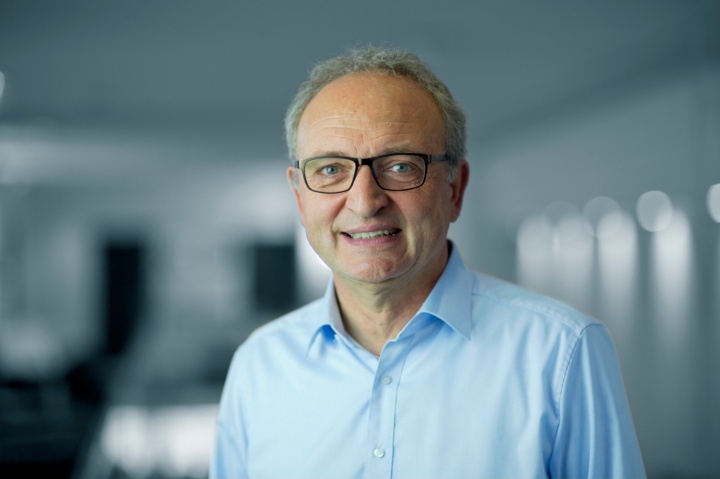General Information
Date: 8 -11 November 2021
Time: from am to 1 pm CET
online short course
This short course is organised in collaboration with InterPore
Interpore members: 100 € students, 150 € academic, 200 € industry
Interpore non-members: 125 € students, 190 € academic, 300 € industry
Coupled systems of free flow adjacent to a porous-medium appear ubiquitously in nature and in technical applications. Examples for interface-driven transport and exchange processes include soil evaporation, fuel cell water management or food drying. Understanding the complexity of pore-scale mechanisms is paramount to build efficient and reliable mathematical and numerical models.
Typically, averaged models based on the concept of a representative elementary volume (REV) approach are chosen to overcome the enormous computational demand of solving these types of systems on the pore scale. This leads, however, to a loss of detail sub-scale processes which might critically affect the global system behaviour.
The aim of the lecture is to give an insight into the physical-mathematical and numerical modelling of coupled free flow and porous-media flow systems. The special challenges of the physical-mathematical modelling will be discussed. Selected models will be used to illustrate how promising approaches can lead to incorrect results.
First day (4 hours)
Introduction:
- What are the most important fields of application (from salt precipitation to fuel cells and bio-technology)
- What are the main challenges for modelling coupled porous media-free flow systems interfaces on different scales
Model concepts:
- Free-flow system
- Laminar and turbulent flow
- Boundary layer effects
- Porous-media system
Second day (4 hours)
Introduction to different coupling concepts (pro and cons)
Coupling concept for mass, momentum and energy transfer:
- Coupling: porous media (Pore scale) – free flow
From a 3D to a PNM model
- Coupling: porous media (REV-scale) – free flow
Darcy (Forchheimer) N-S coupling
Third day (4 hours)
Numerical solution strategies
- Free flow (staggered-grid FV-Method)
- Porous media flow (box or FV-methods (cell-centred or MPFA)
- What is the best coupling concept?
Discussion of different solution strategies -> what are the pro and cons
Fourth day (4 hours)
Examples:
- Fuel cells modelling: e.g. what is the best water management
- Evaporation processes from technical and environmental
- Salt precipitation
Lecturer
The short course is given by Prof. Rainer Helmig of the Department of Hydromechanics and Modelling of Hydrosystems, Institute for Modelling Hydraulic and Environmental Systems, University of Stuttgart. His research covers groundwater hydrology, multi-phase flow in porous media, numerical modeling, and the analysis of coupled processes between the unsaturated zone and the atmosphere. Special focus is on coupling hydrosystem compartments and complex flow and transport processes, as well as integrating data and models. Emphasis in on fundamental questions about physical and mathematical modeling of multi-phase processes, developing algorithms accounting for fluid phase changes and structural media heterogeneities, thereby forming a basis for various model concepts (e.g. predimensioning decontamination strategies and analyses of energy storage (gas, heat), including their effects on groundwater). Recent research focuses on understanding and modeling mass-and heat-flux processes across the land/atmosphere interface as controlled by dynamic interactions between the atmospheric boundary layer and the land surface.



